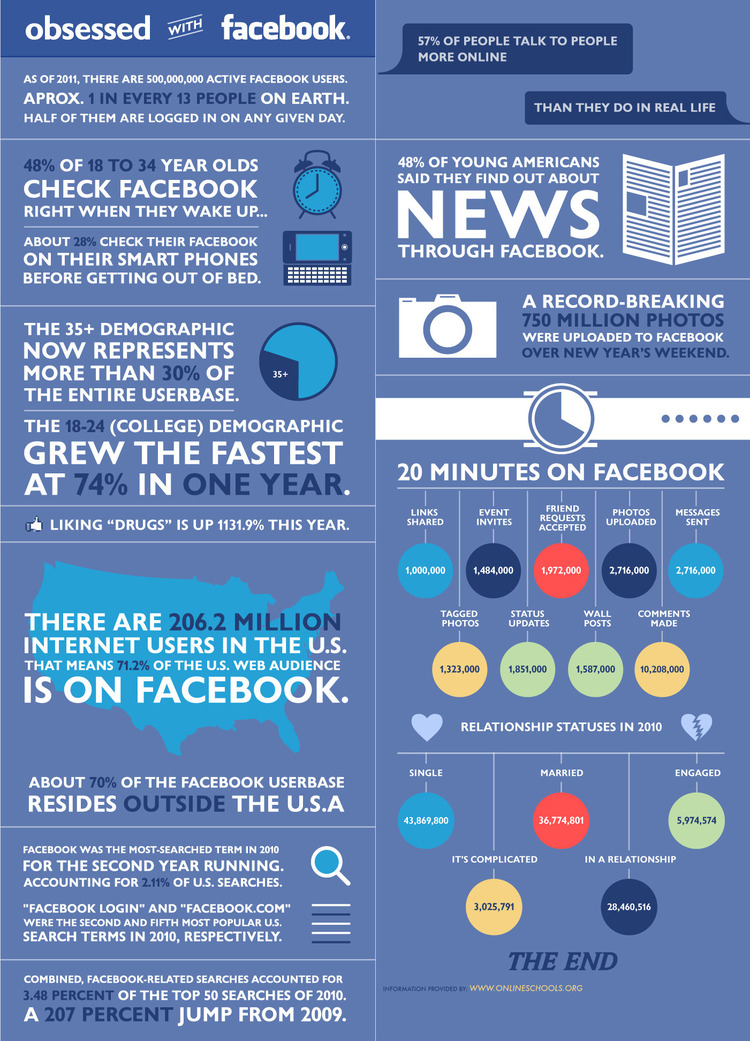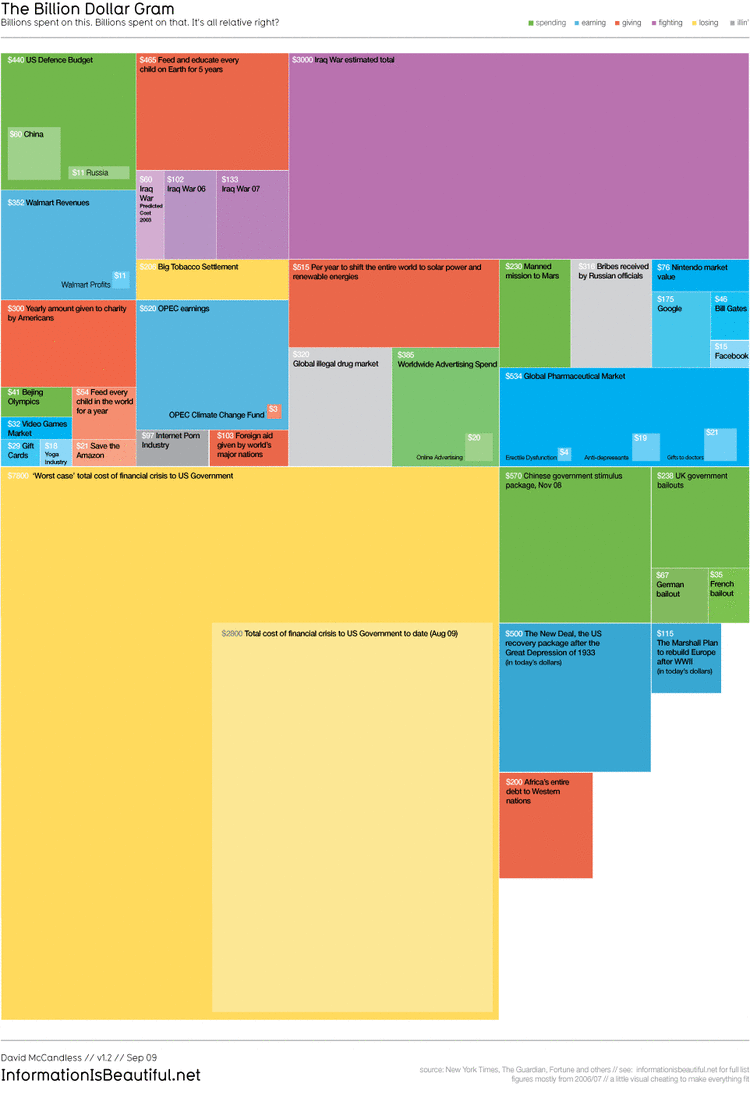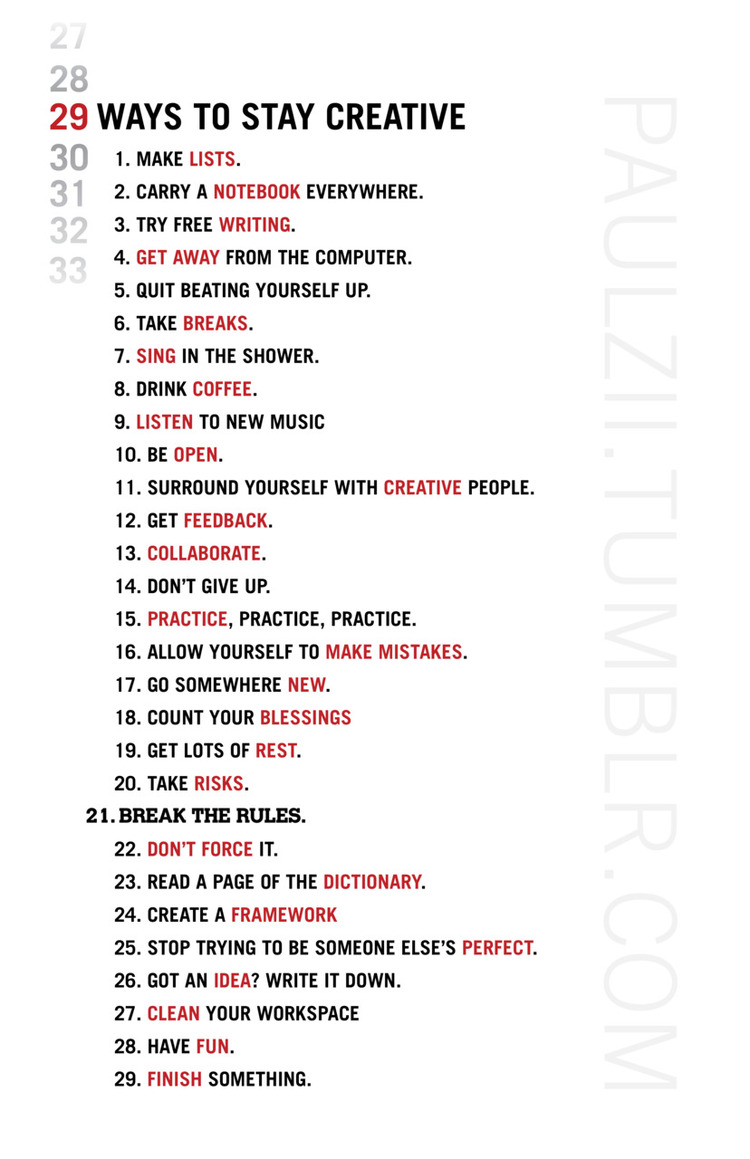My last post reminded me of the work of Australian choreographer Gideon Obarzanek, who is the founder and artistic director of the renowned dance company Chunky Move. Taking video projection one step further, he utilizes tracking camera systems and special software developed by German interactive software engineer Frieder Weiss to generate light and sound in real time in response to the dancer’s movement.
With the use of this technology, he explores how we perceive our own bodies and the space around us. The organic symbiosis of dancer and interactive projection visualizes layers of images and movement we cannot normally see but which we feel or know to exist.
Here is an interesting talk of Gideon, in which he shows examples of his work and explains the work behind.
Having been Chunky Move’s artistic director and CEO for 15 years, Obarzanek will step down at the end of 2011. By doing so, he wants to reconnect with performing and the things that initially drew him to dance in the first place: “I decided that I started this company and I was very excited about starting this company but I wanted to spend more time in the studio, more time working with other artists and less time being responsible for an organisation.”
With “Faker”, Obarzanek will be returning to the stage as a performer after 15 years. Here you can watch an interesting interview about this new piece.


